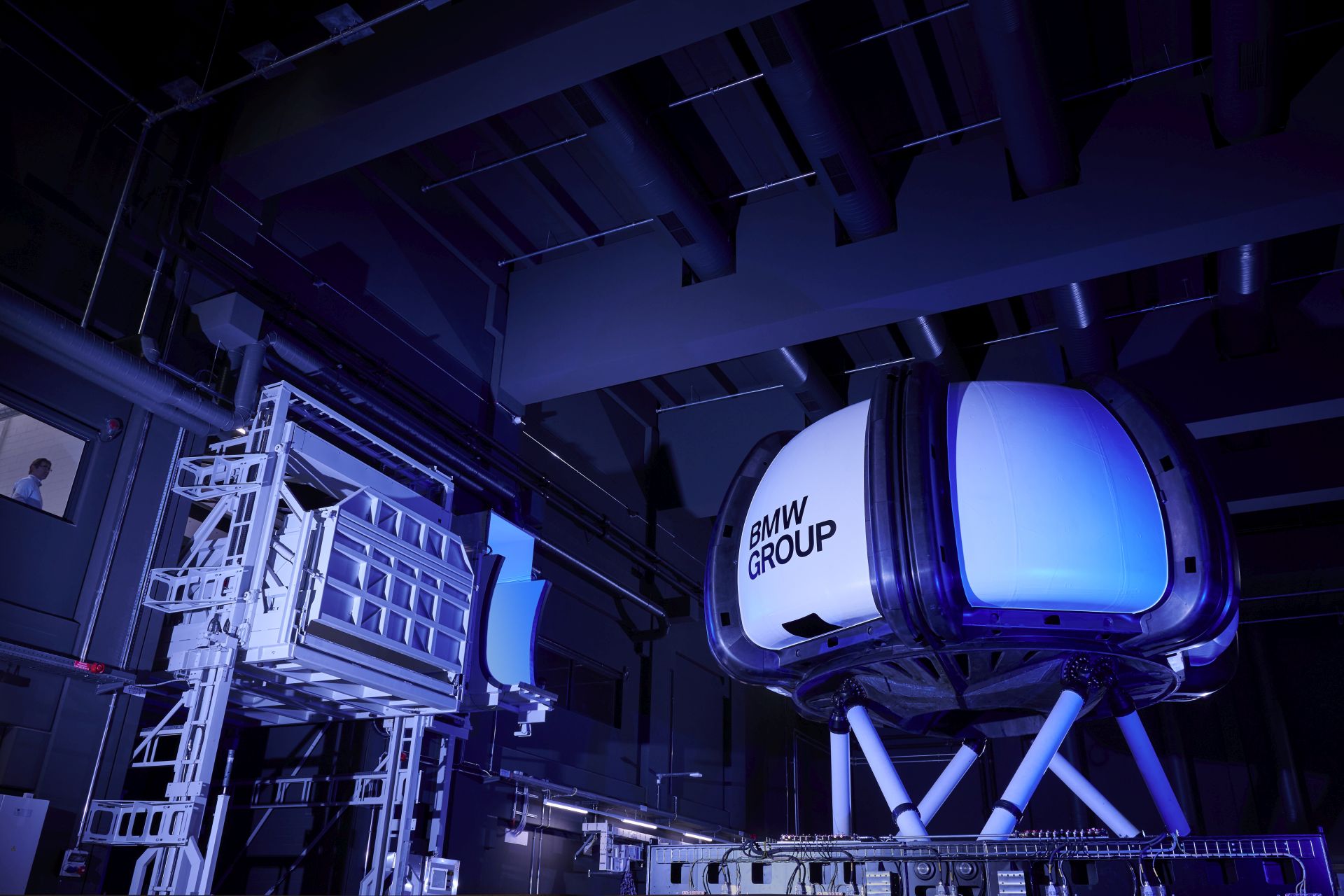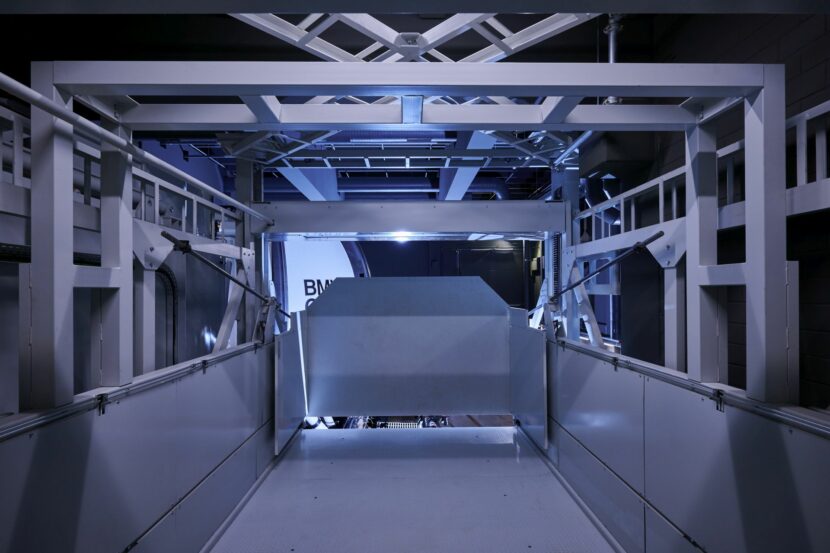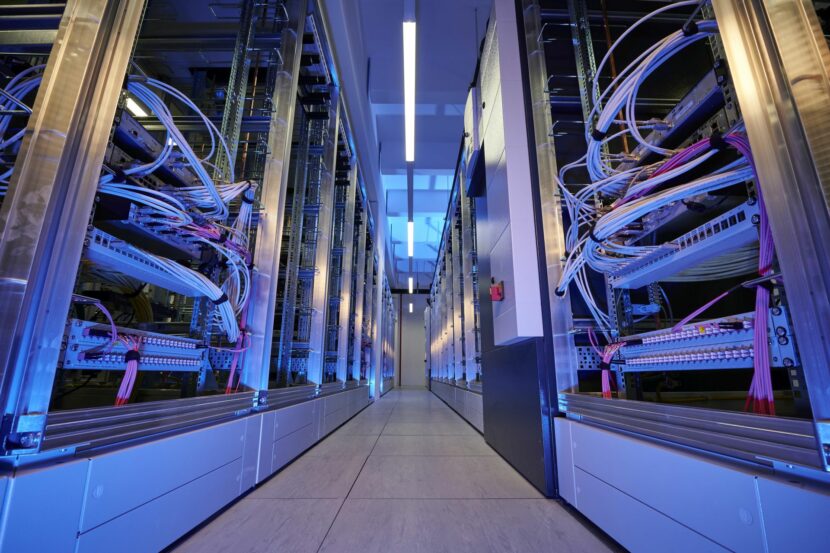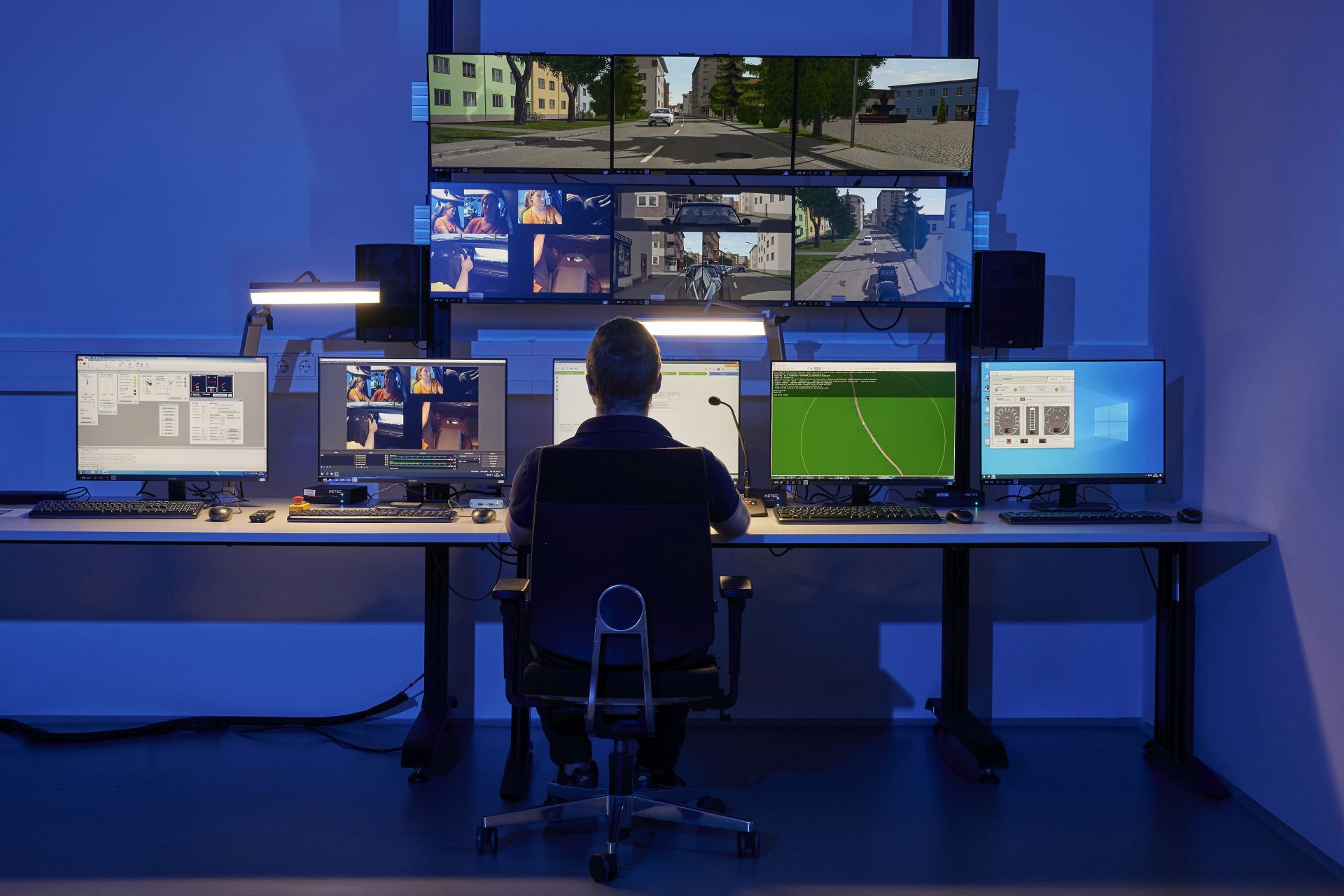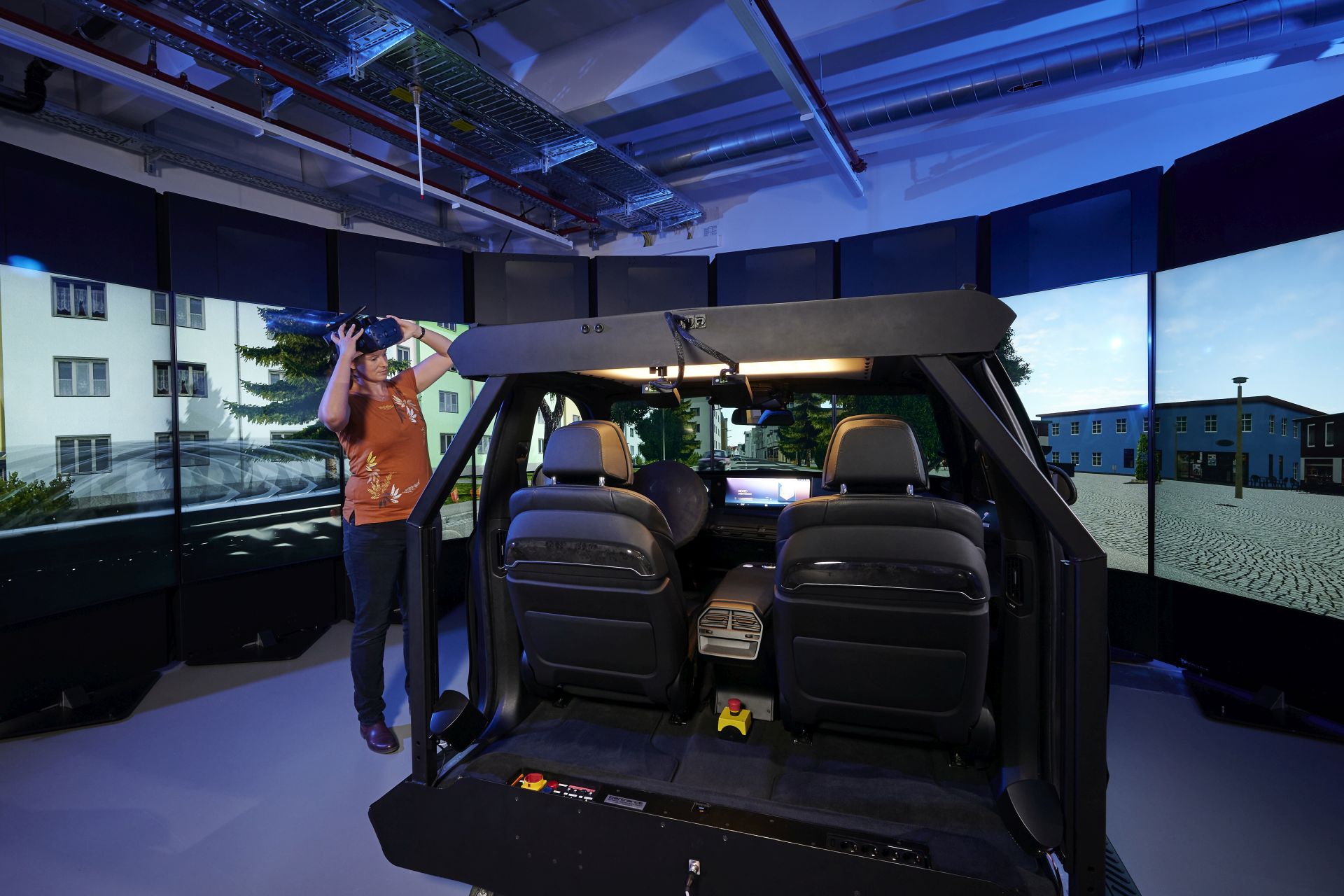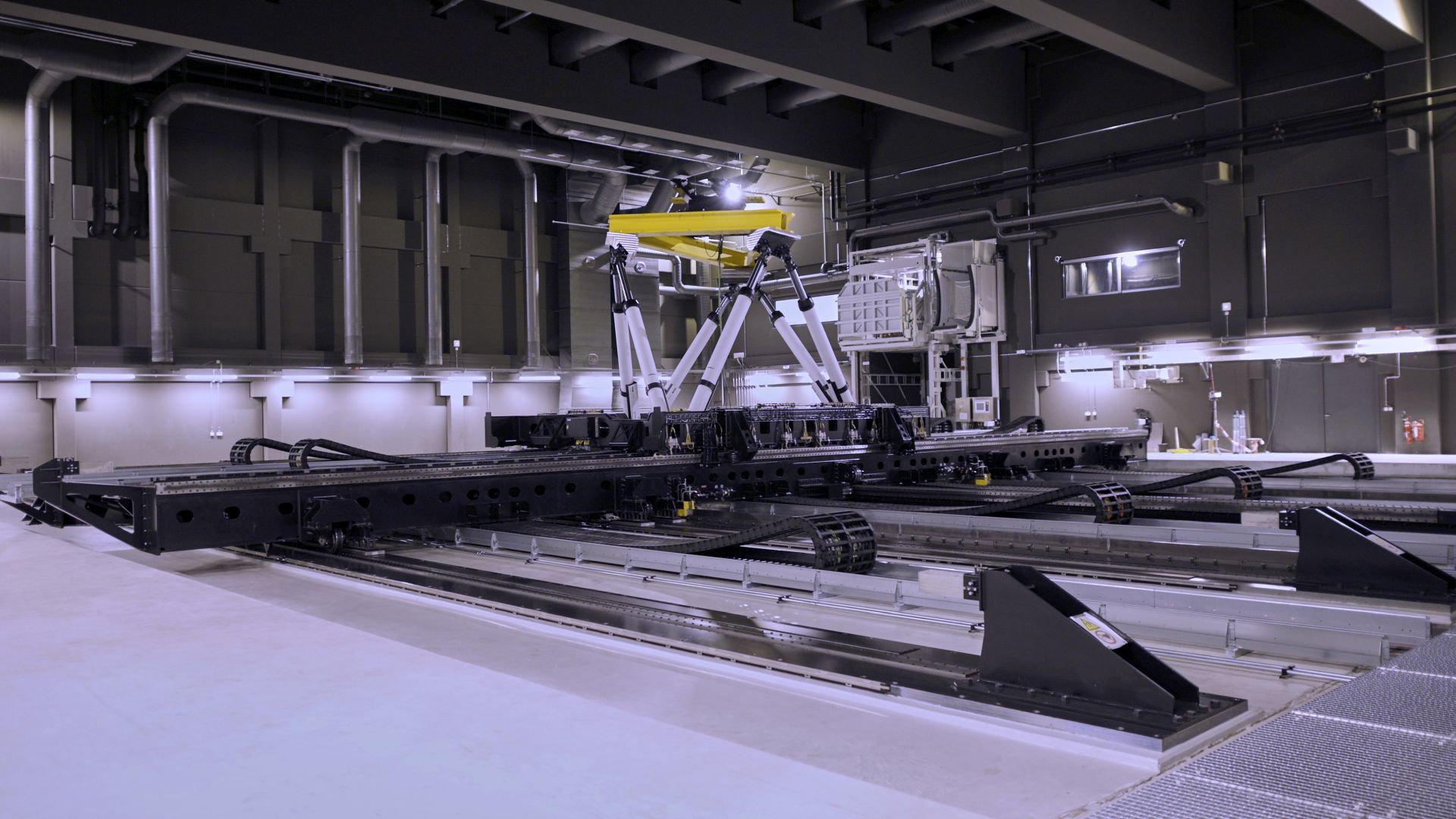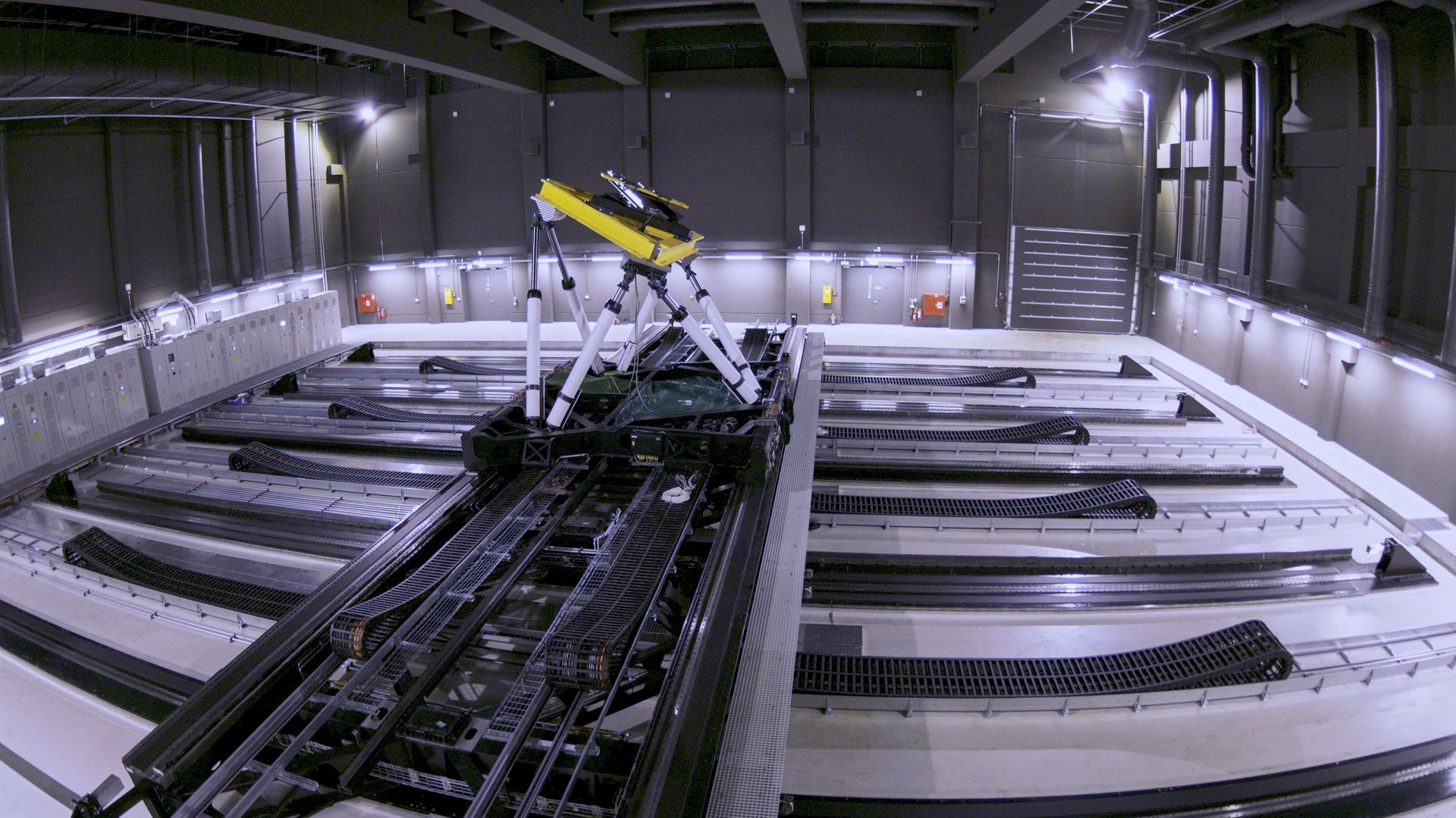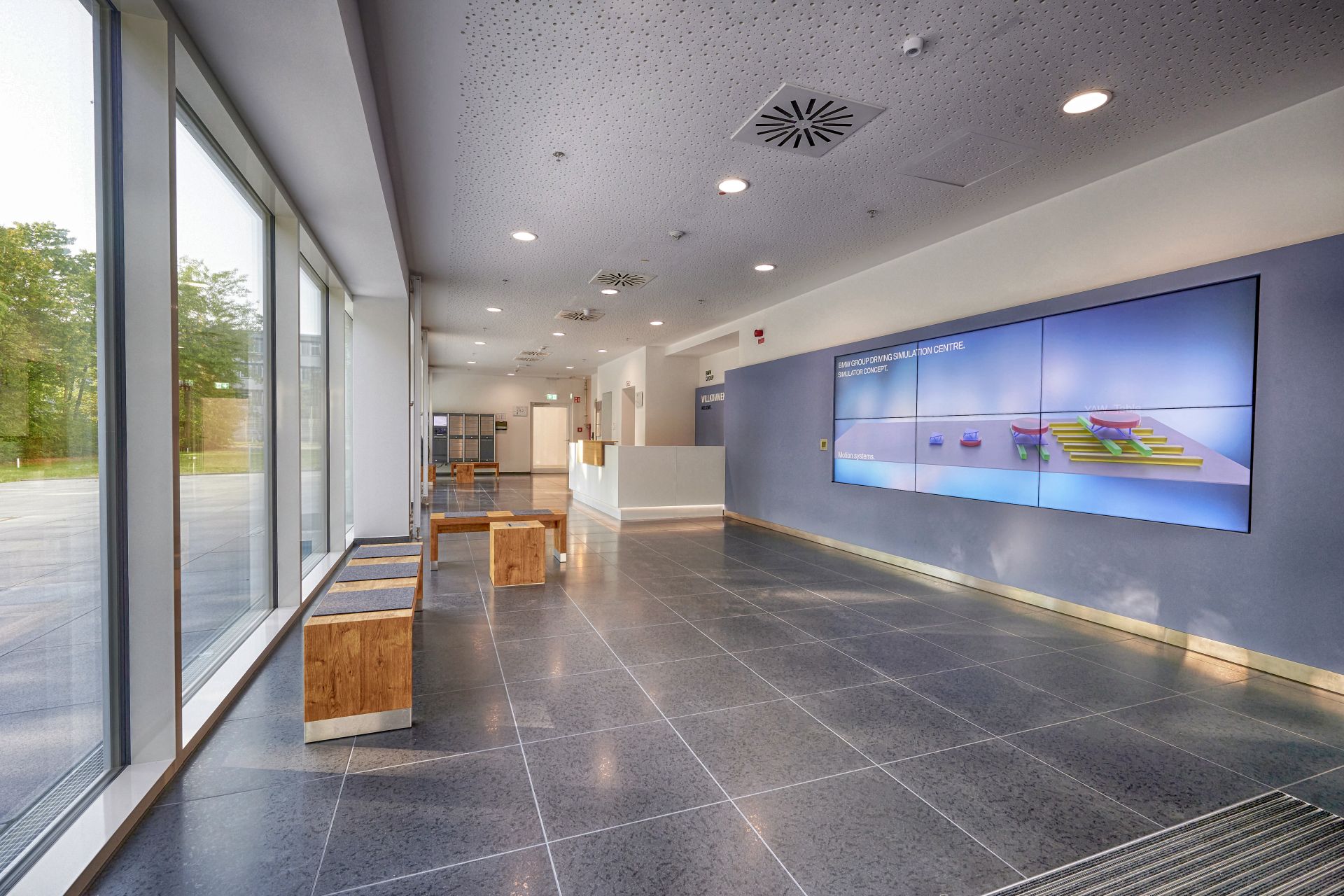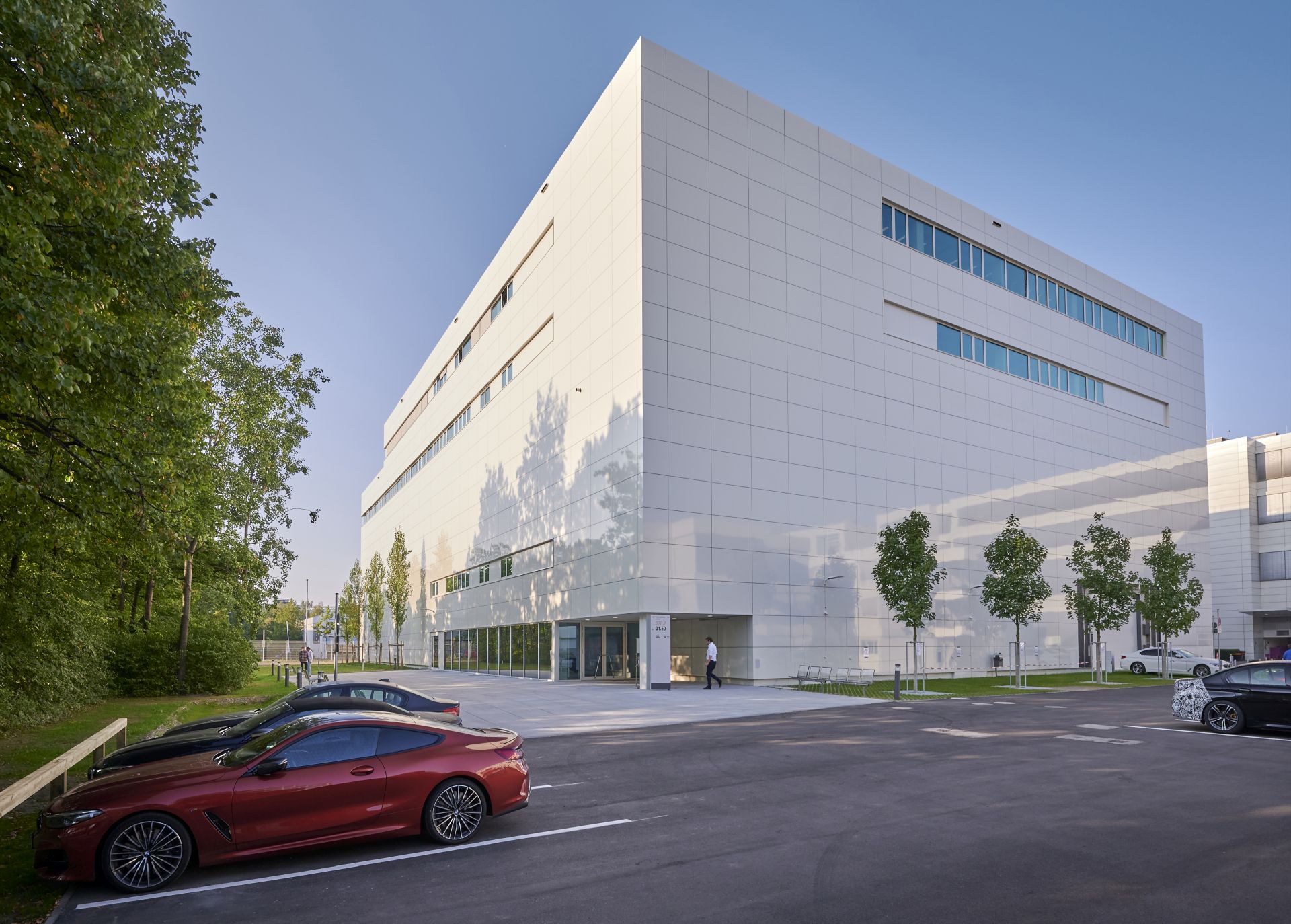What used to take days and even weeks to test in the past can now be visualized and experienced almost instantly. That’s one of the many perks of living in today’s highly digitalized world, where simulation feels so real it makes you question your senses. BMW just unveiled its Driving Simulation Center, a huge 11,400 square meters facility which includes 14 simulators and usability labs, the ‘most progressive and diversified installation of its type in the automotive industry’.
The entire facility was created to help streamline the development of new models and new technologies with the help of new features. Facilities range from static simulators without a motion system to the high-fidelity simulator, which transports the road into the lab to remarkably realistic effect with its nearly 400 square meters of motion area. Virtually every aspect of car development can be tested here in terms of suitability for the customer and to make sure things are kept as objective as possible, the virtual test drives are regularly performed by external test persons and not just by BMW Group engineers.
With the help of the new Driving Simulation Center, BMW can now reduce the amount of prototypes it needs to build to test things out. This, in turn, reduces the development times by quite a lot, shortening the cycle. Tires or entire axles can be swapped in a matter of seconds and test routes all over the world selected at the push of a button in the driving simulator. It’s even possible to seamlessly transition from summer to winter.
Another area where testing can be done easier now is in developing intelligent, highly-connected vehicles. Designers and engineers can test their products safely and verify whether the new tech is distracting, without even leaving the office. To top everything off, the Driving Simulation Center also has a high-fidelity simulator. This can replicate simultaneous longitudinal, transverse and rotational movements, accelerations of up to 0.65 g (similar to what you feel in an M3) and many more. With a moving mass of around 83 tons the simulator requires up to 6.5 MW of power to operate.
Then there’s the new high-dynamic simulator which is meant replicate user functions in highly dynamic driving situations. It is capable of generating longitudinal and lateral acceleration forces of up to 1.0 g and replicates highly dynamic evasive action, emergency braking and hard acceleration when testing out new systems and functions. The longitudinal and lateral movements of both simulators are produced using a sophisticated system of wheels and rails, which reacts virtually instantaneously to driver inputs such as steering commands.
This is achieved by using linear electric motors with no moving parts. In order to generate the necessary forces, these electric motors hover above a series of magnets with poles alternating in quick succession, similar to the magnetic levitation technology found in high-speed maglev trains. Supercapacitors deliver the peak power required by the motion system in fractions of a second, with the motion system then recuperating energy by means of regenerative braking and feeding it back to the supercapacitors.
“The aim of the new center is to provide the ideal simulation tool for every area and every phase of the vehicle development process, all under one roof.” The focus on the customer in the development stage is also being raised to a whole new level. “We can perform test drives for studies with up to 100 test persons per day,” says Michael Brachvogel, Head of BMW Group Research Interiors, User Interaction, User Experience and Driving Simulation.


